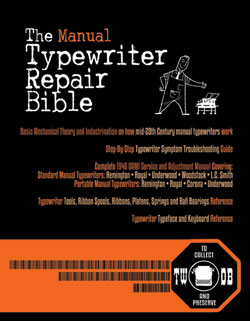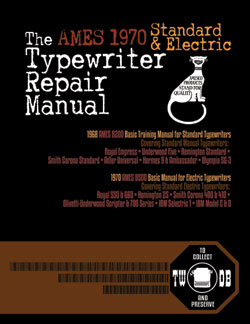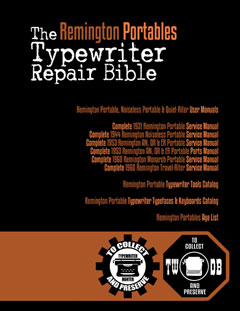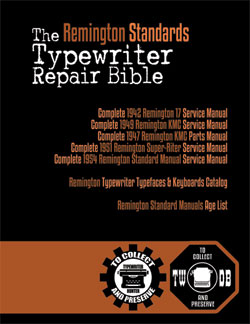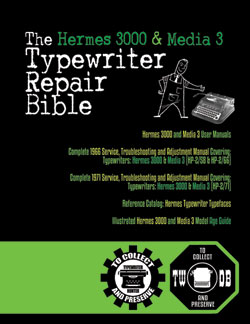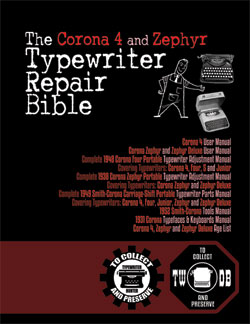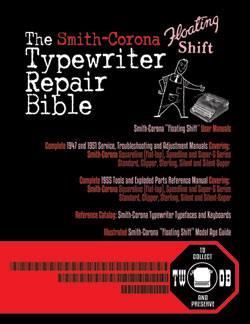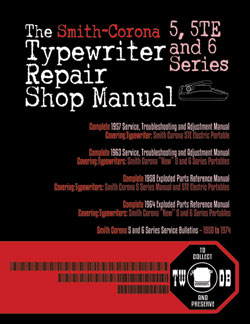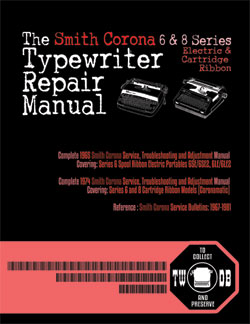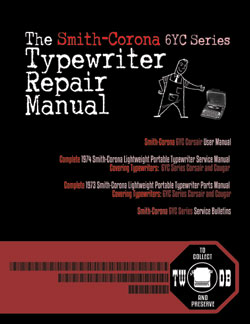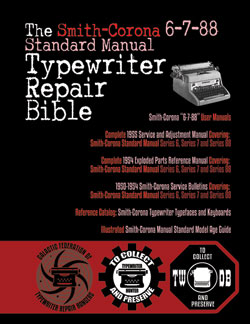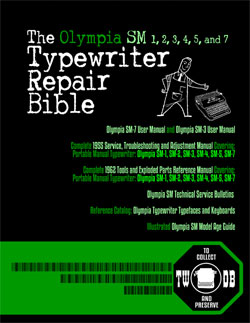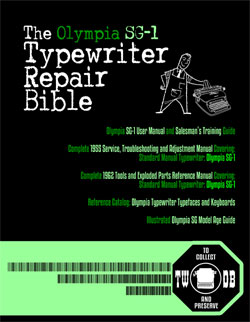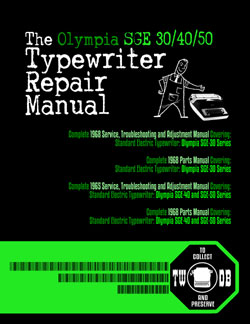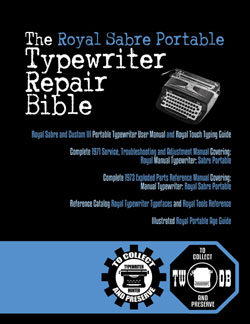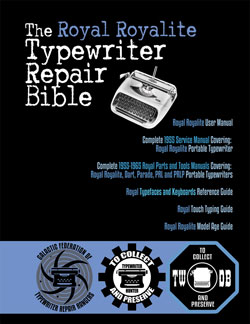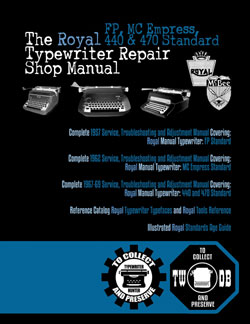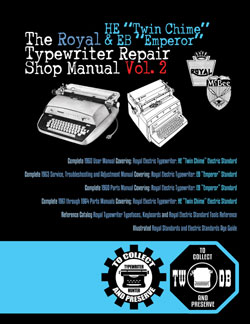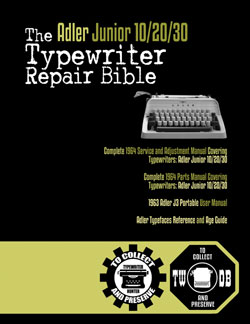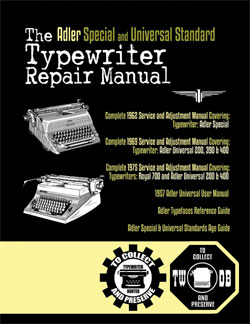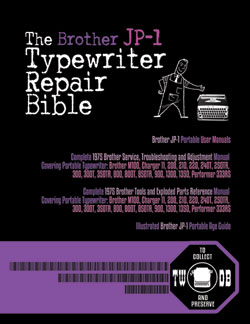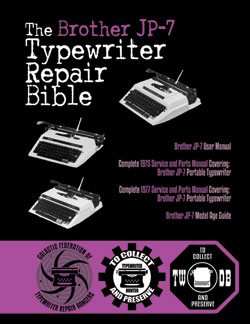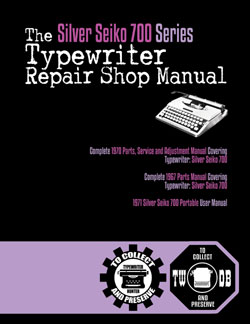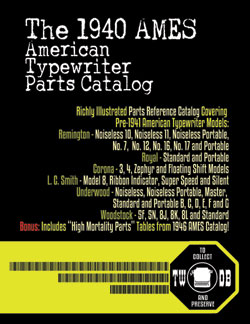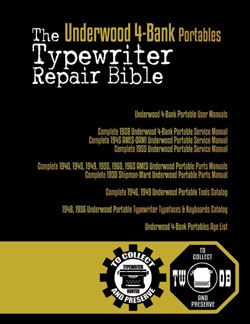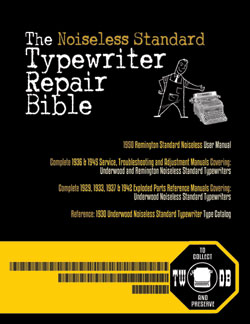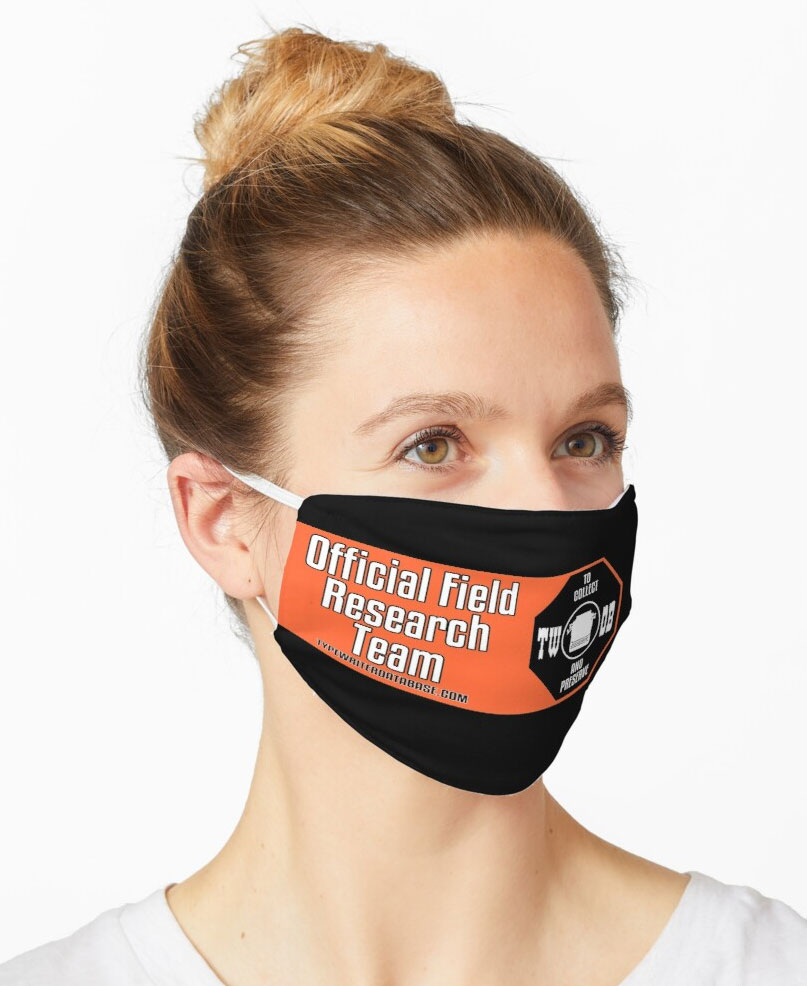1912 Rapid (Fox) 10 #35941
Status: My Collection
Hunter: Mark Schrad (MLSchrad)
Created: 02-07-2024 at 09:20PM
Last Edit: 02-07-2024 at 09:36PM

Description:
This is a 1912 Rapid 10 Typewriter, and I’ve been on the hunt for one for quite a few years. If you’re interested, come with me on a long walk:
If you don’t know: in my real job, I’m a professor, researcher and writer, with one of my preferred topics being the history of temperance and prohibitionism around the globe. My most recent book (2021) is a 750-page global history of prohibitionism. It garnered some critical acclaim, won some awards, and sold… okay. But for the longest time, it didn’t have a title (unlike previous books like Vodka Politics where the title was apparent from the beginning).
For years, I just couldn’t come up with a pithy title that conveyed the central thesis that prohibitionism wasn’t about conservative Bible-thumpers preaching about what thou shall and shan’t drink, but rather a progressive movement against the predatory capitalism of getting people addicted for profit, and the political corruption that springs from such a nefarious trade. That’s hard to make pithy. It was frustrating.
Then at some point, I came across an article called “What Does It Profit?” in a 1912 edition of The American Issue, which was the newspaper of the Anti-Saloon League. And there it was: “What can be done about it? [i.e. predatory liquor capitalism and corruption.] Defeat saloon candidates, Smashing the Liquor Machine, and adopt constitutional prohibition.” I was so elated to finally find my title—it just leapt off the page!
But that article was RIGHT NEXT TO an advertisement for the Rapid Typewriter. And as if to underscore its progressive, anti-trust bonafides, the ad was a full-throated attack against the “typewriter trust”—presumably Remington/AmWMCo., Underwood, Royal and the like—that used their dominant market position to sell desktop standard typewriters at the artificially inflated rate of $100. The Rapid positioned itself as the progressive little guy: David fighting against the corporate Goliath.
So I had to get one.
The problem is—unlike the corporate juggernauts—Rapid didn’t exactly sell many machines. In fact, “Rapid” wasn’t really a typewriter company at all. There was no Rapid models 1-9, or 11+: just Rapid 10. And the Rapid 10 was just a Fox 23, built by the Fox Typewriter Company, of Grand *Rapids*, Michigan (hence the name).
Why a spin-off company? Nobody knows for sure. But Tyler Anderson’s 2016 definitive book on “The Fox Typewriter Company” suggests it was a ploy to sell off overstock inventory, and that only a couple thousand Rapids were ever made, and fewer sold.
This is a shame, because it is an amazing machine! Just look at the gracious, curvaceous profile, the stunning decals, pinstripes and decorations, the incredible “visible” typebar action, and that it was a basket-shift machine, decades ahead of its time.
Consisted with its “Rapid” name, according to Will Davis’ page: “This machine is without doubt the fastest typewriter ever tested by the author... Every attempt to exceed the machine's speed capability was thwarted. It not only refused to pile up type bars, but also absolutely refused to skip its escapement. The machine (like the Fox blind-writer before it) has a two-speed escapement… The lightness of the touch of this machine cannot be believed; neither can the ease and lightness of the shift, which in this machine moves the type basket and not the platen or carriage. The operation of the machine is absolutely effortless vis a vis the keyboard and anything on it. The toggling two-step ribbon selector (which uses the black and red keys seen at the upper left of the keyboard) is innovative for the time and also easy to work. The type bars fly to the print point, and with the escapement set on expert or high speed, the platen moves when the type is about one or one and a half inches away. They then return instantaneously.”
He concludes: “It is impossible to think that there might be someone who could NOT use this machine. The response is so even from key to key and the touch required so light that any typist with any method or style could successfully operate and very likely enjoy it. We simply cannot say enough about it; it is unexcelled.”
So if this is the greatest thing since sliced bread, why are they so rare? Perhaps it was because they were trying to under-sell Remington and the “typewriter trust” and their $100 machines by selling them for $75 (or even less), which left no room for profit for the struggling Fox/(Rapid) Typewriter Company. The patents filed for the Fox 23/24 are explicit that many of their innovations were also pitched as cost-saving measures. So despite their superior design, it seems that Fox was already in terminal decline, and grasping at straws—like a last-ditch rebranding—in an effort to stay afloat. It didn’t work.
This PARTICULAR Rapid 10 came from the Clark Family Collection, and was on display at the National Office Equipment Historical Museum for the better part of the last 50 years. So it was in above-average cosmetic shape, but needed quite a bit of work to get back to functional condition.
What I thought would be a quick spit-shine turned into easily 20 hours of work disassembling, cleaning, and reassembling. I won’t go through all the details, but I did find that the original typebar rest was a leather tube filled with sand, so just touching the now-brittle leather caused it to disintegrate, spilling sand everywhere (which isn’t great for ball bearings!!) So I had to build a replacement. And also, I found a rather large, 100-year-old Indian almond (?) which I’ll keep with the machine.
Also, the typewriter came from the museum in its original—though modified—shipping crate. Unlike my other Fox crate, this one has no identifying marks… which makes sense for a typewriter company that didn’t truly exist. And while it is a cool add-on, I don’t intend to display it in its case, because then you can’t actually see and appreciate its beauty, much less use it.
The machine now is in great shape, both cosmetically and mechanically. I now totally get the hype—it is a truly fabulous machine that will stay for a long time in my permanent collection. It has a pleasing feel, super-light touch, and you literally cannot bind the typebars no matter how hard you try or how fast you type. It is indeed, RAPID.
Typeface Specimen:
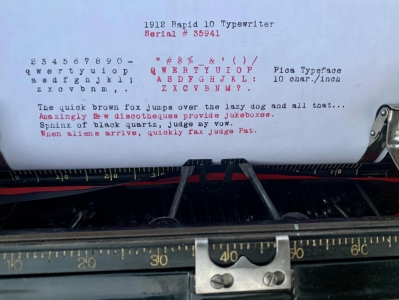
Photos:
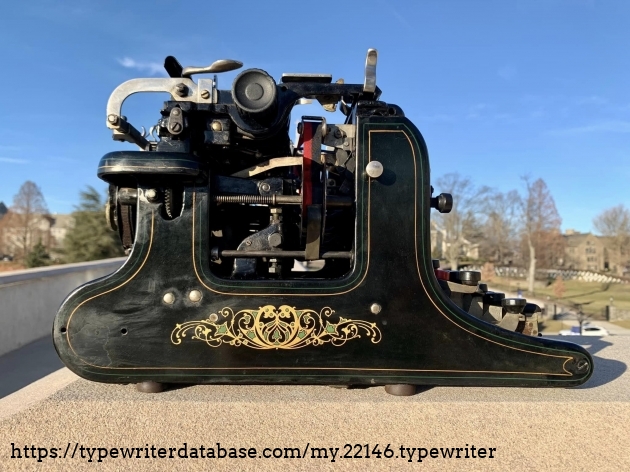
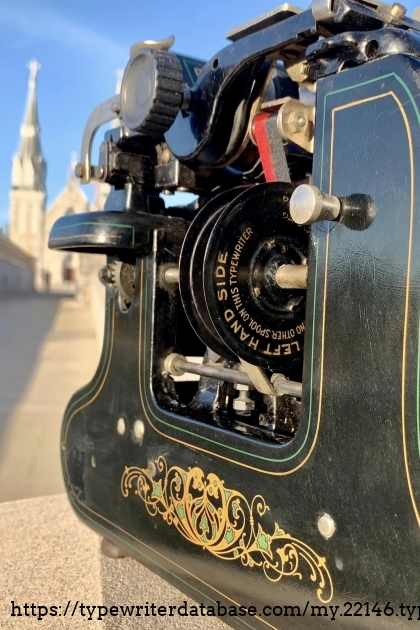
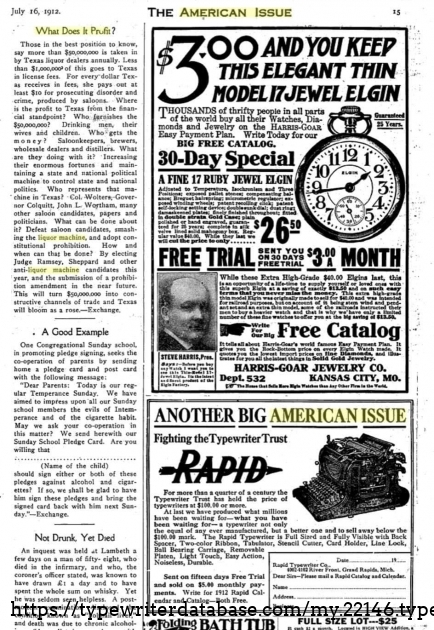
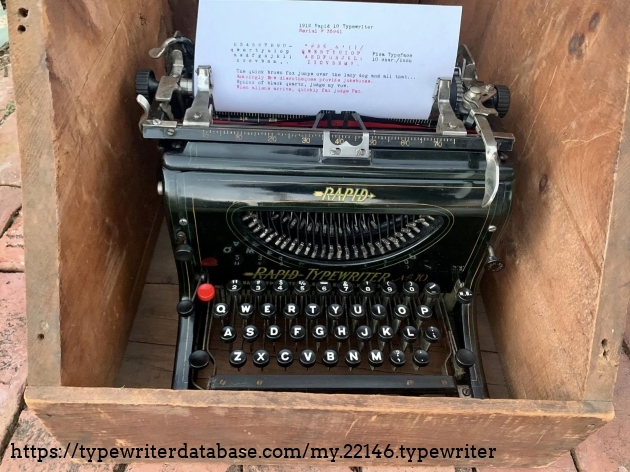
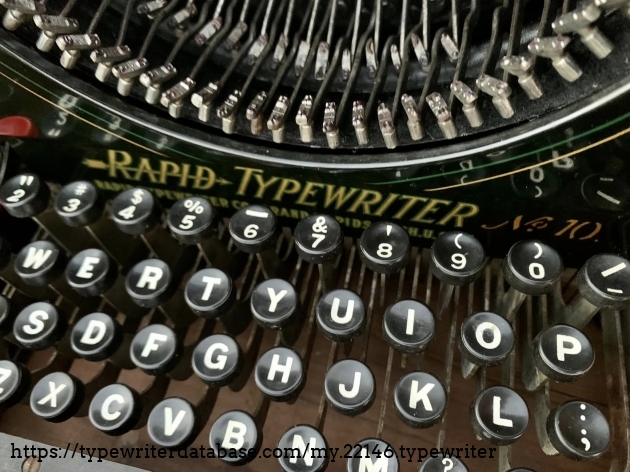
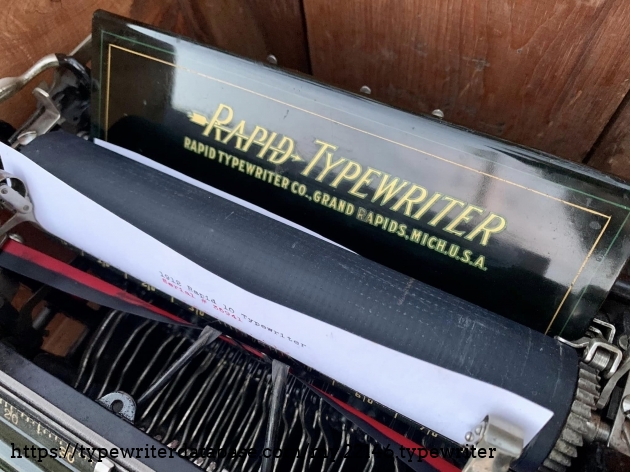
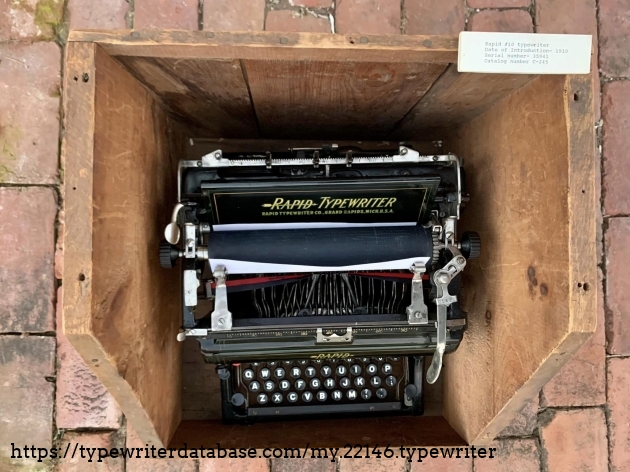
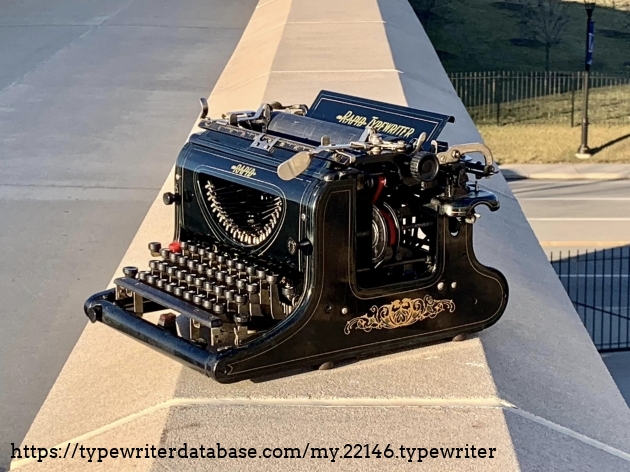

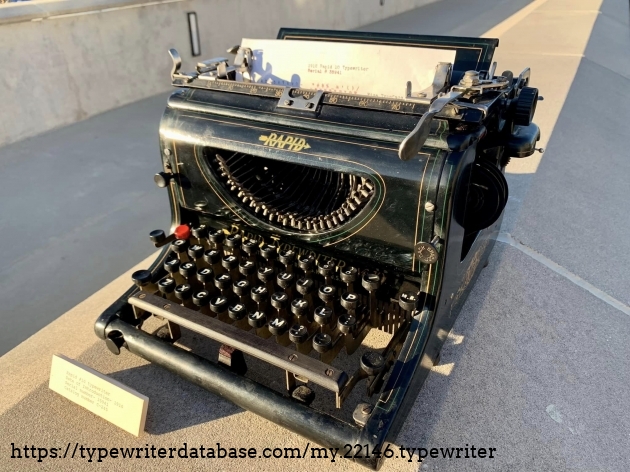
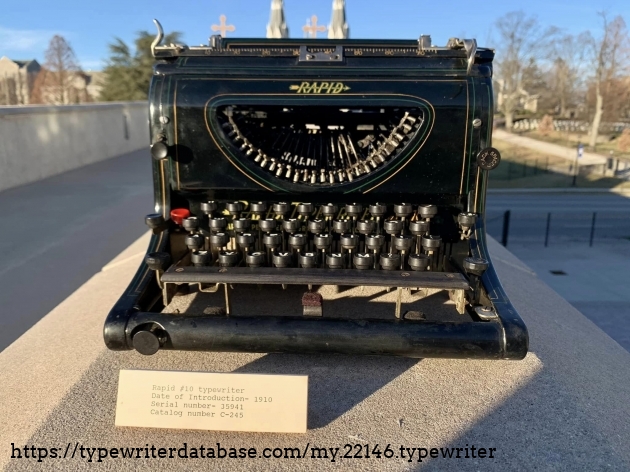
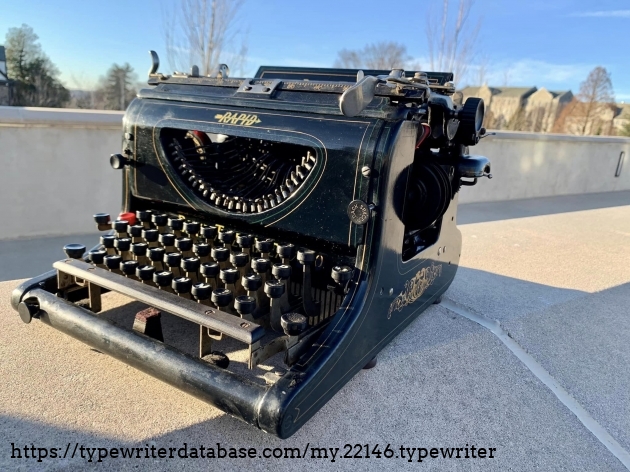

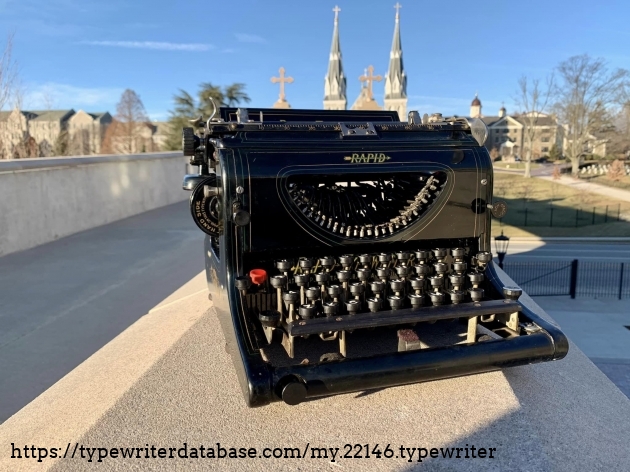
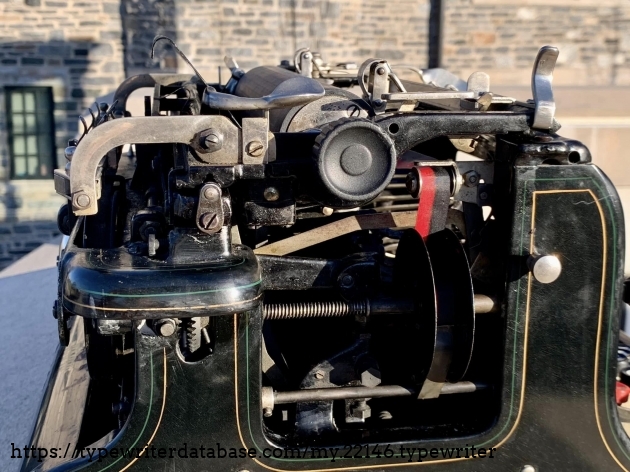

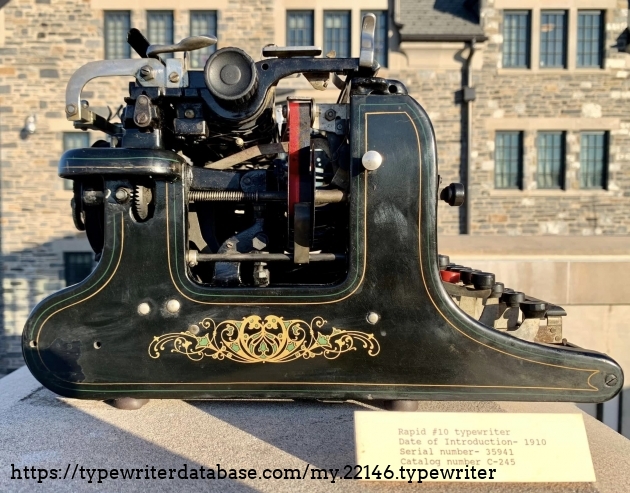
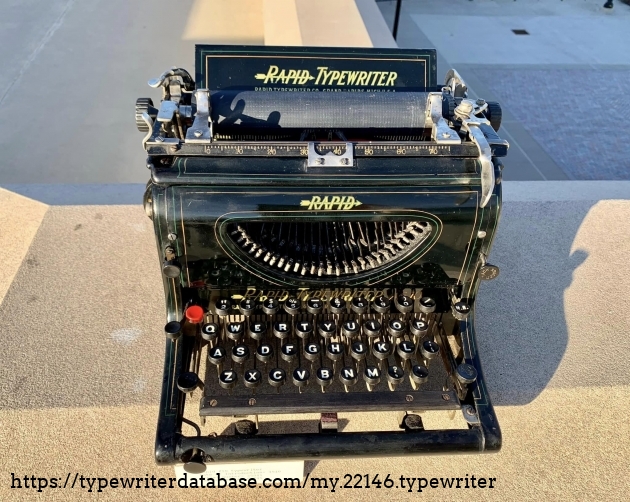

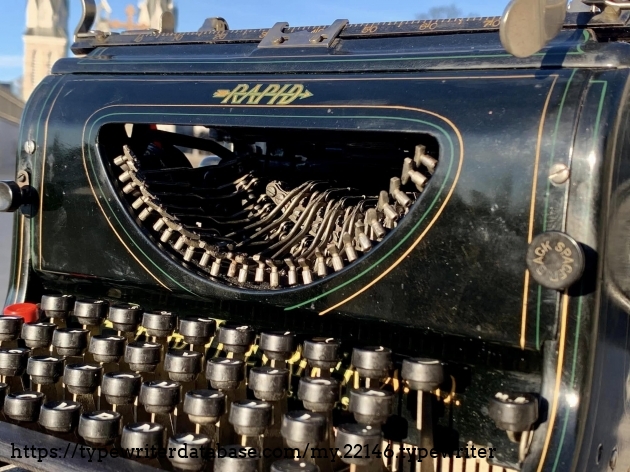
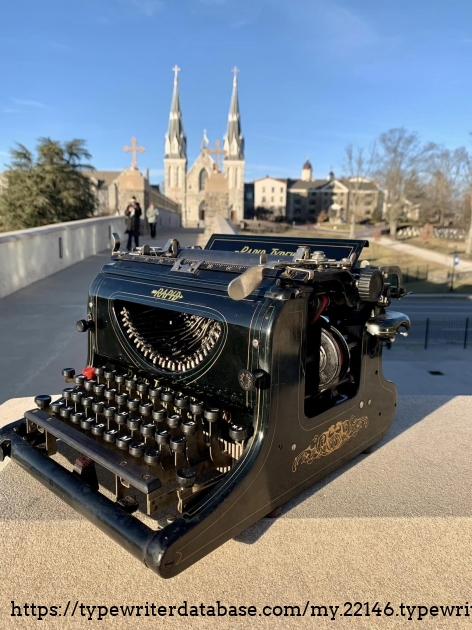
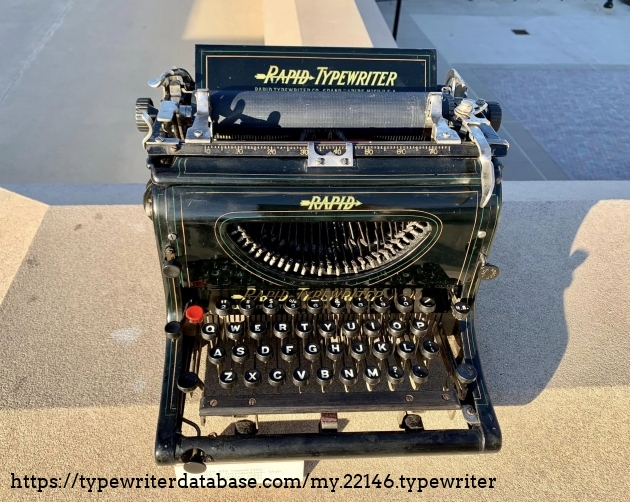
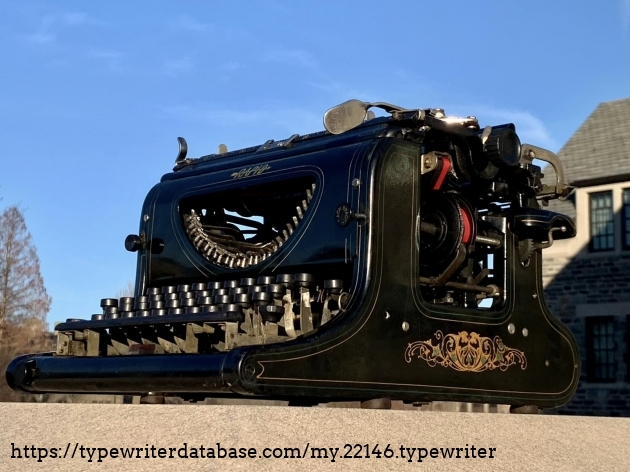

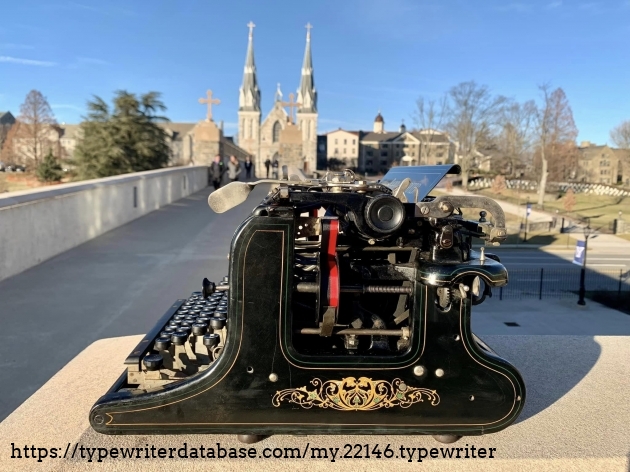
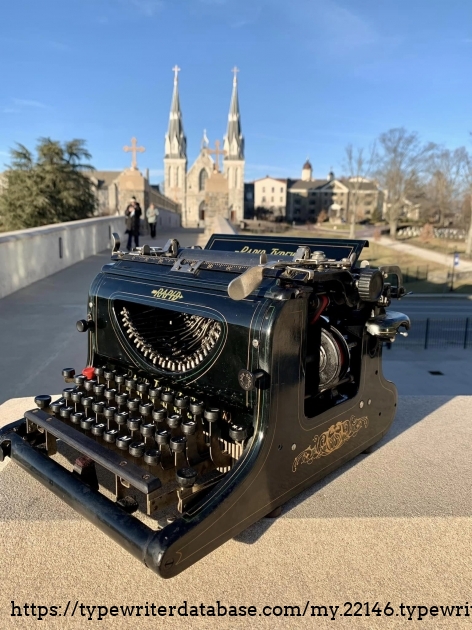

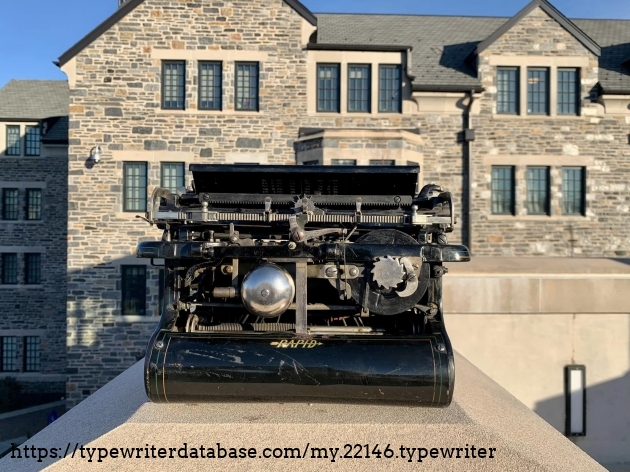

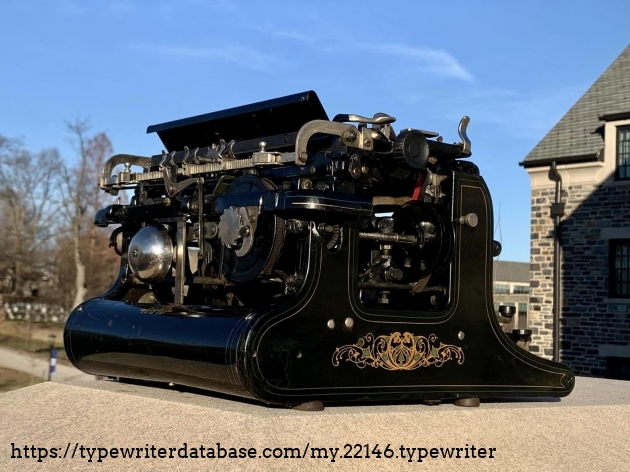
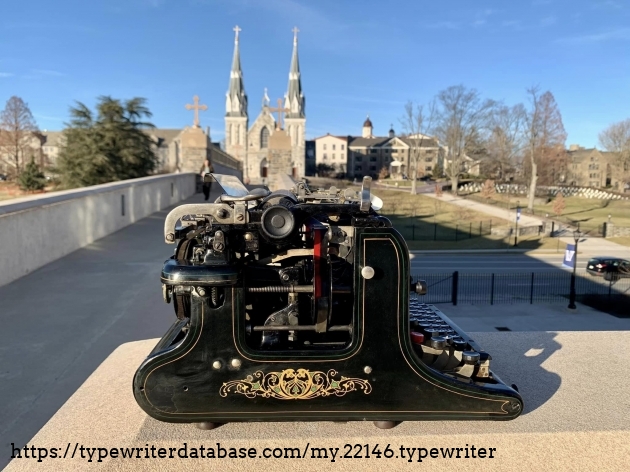

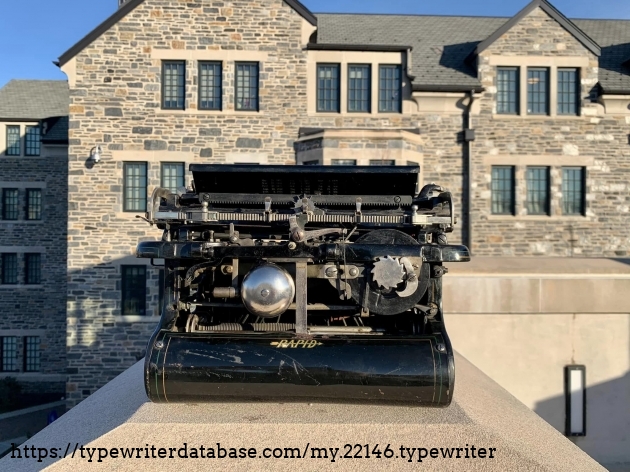
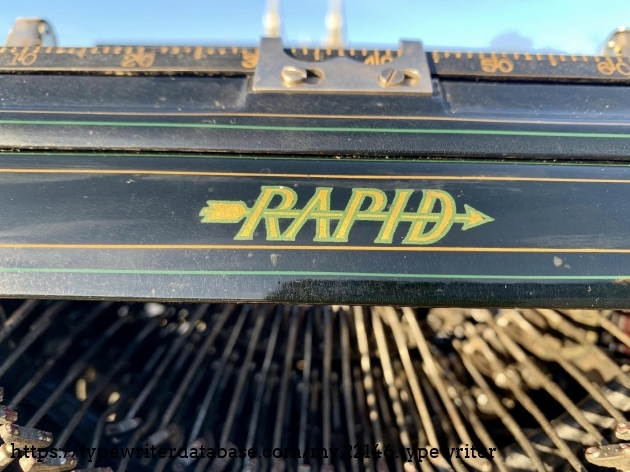
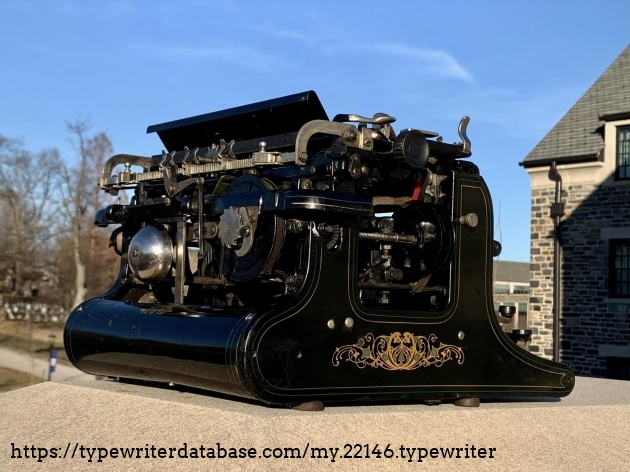


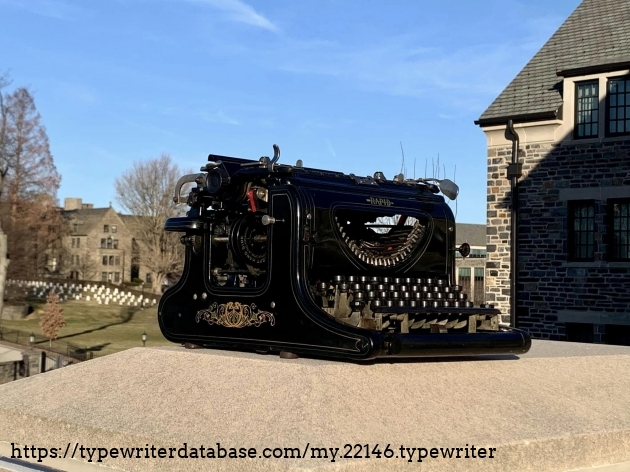

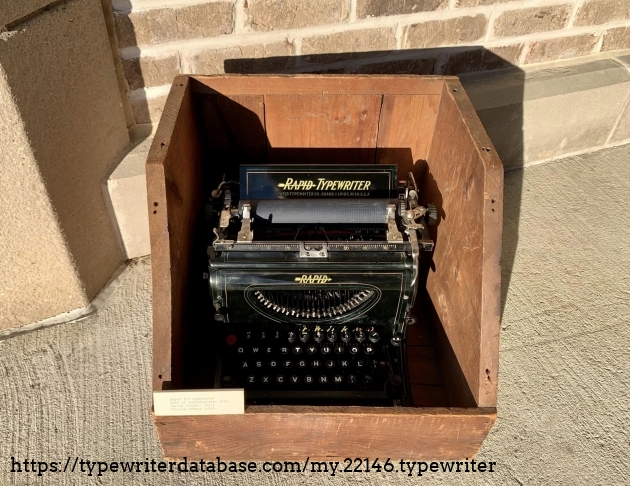
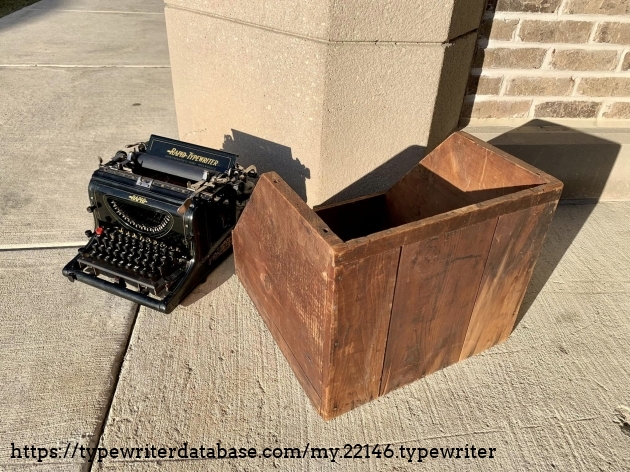
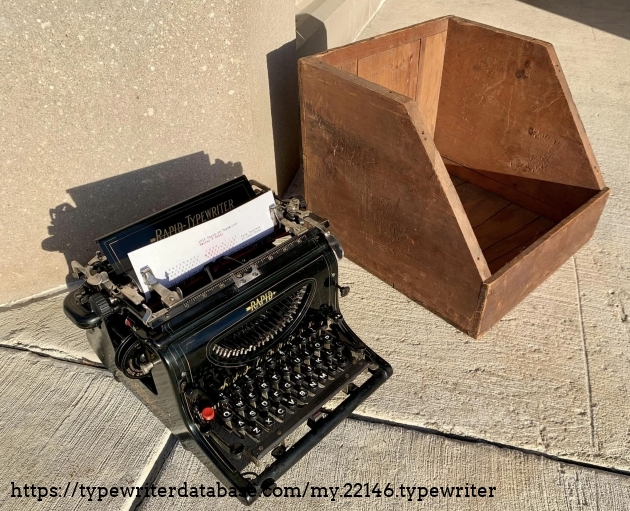
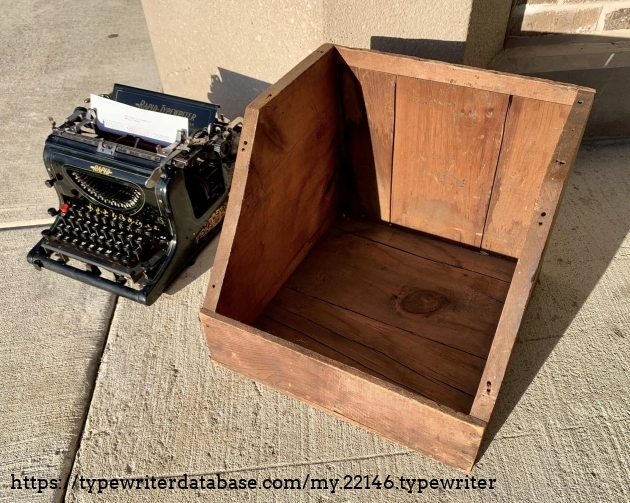
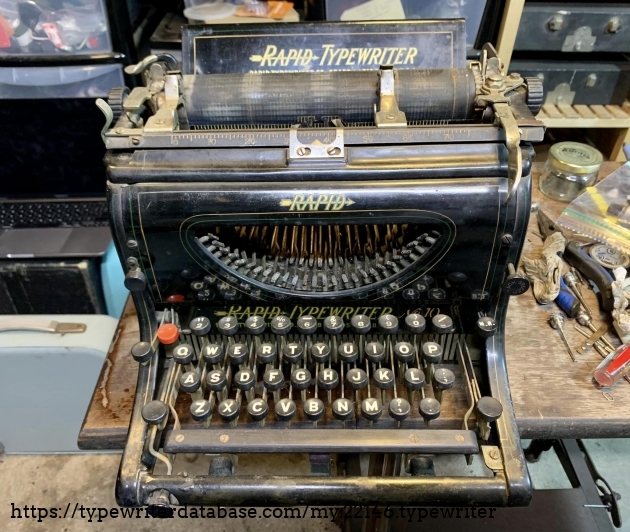
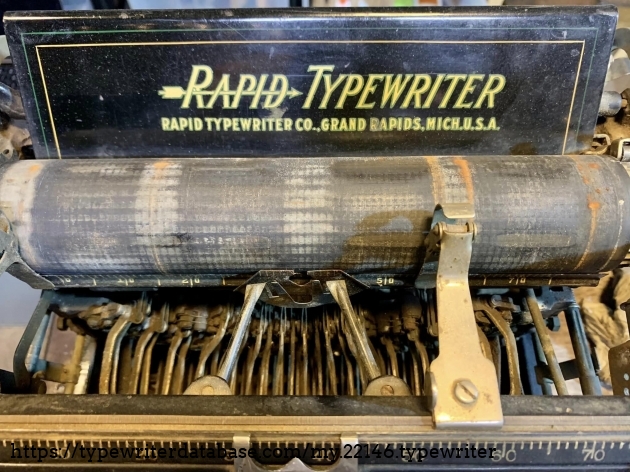
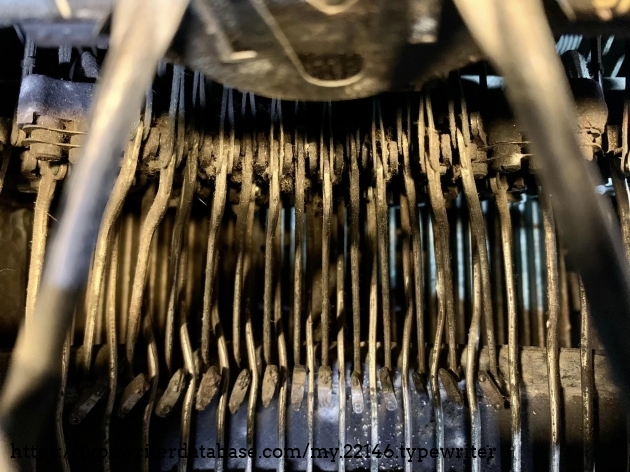
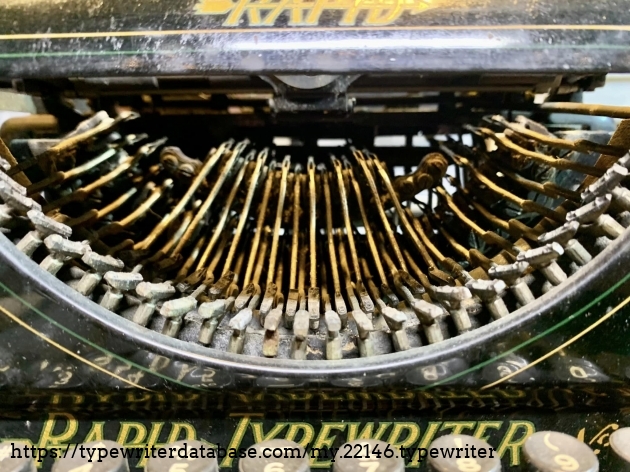
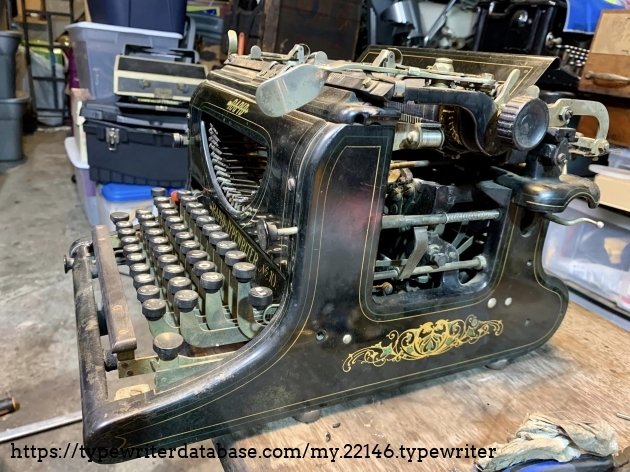
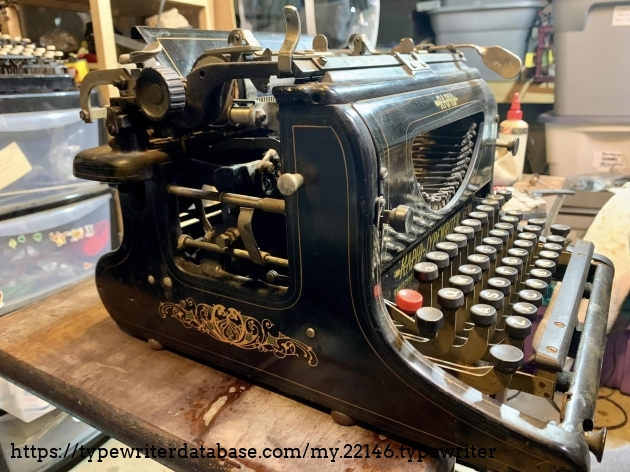
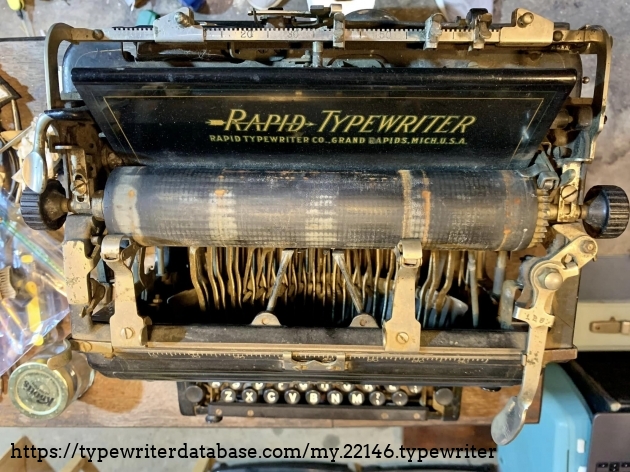
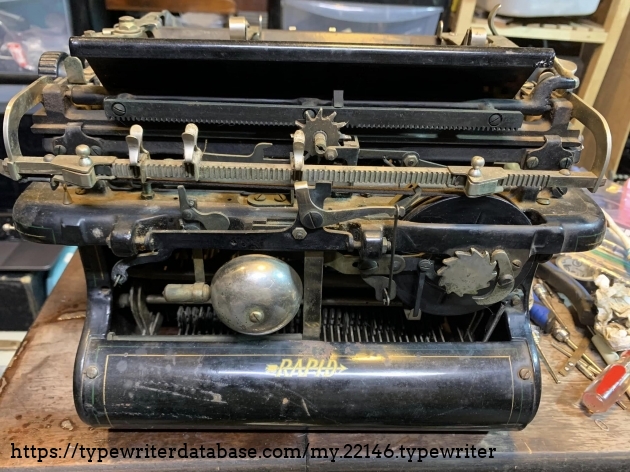
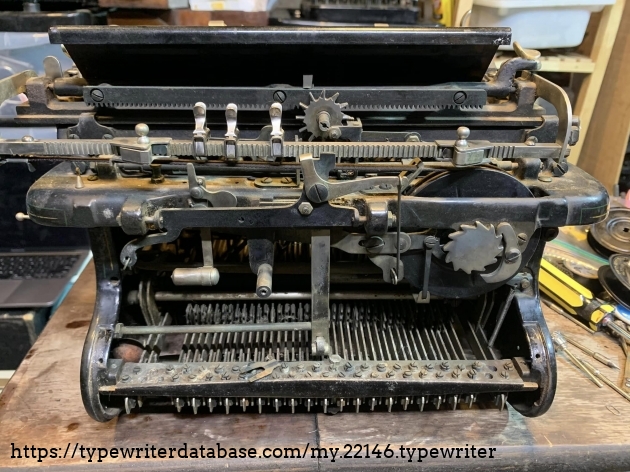
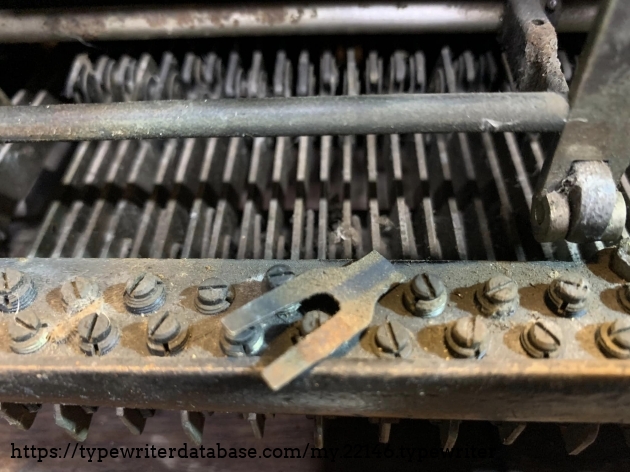
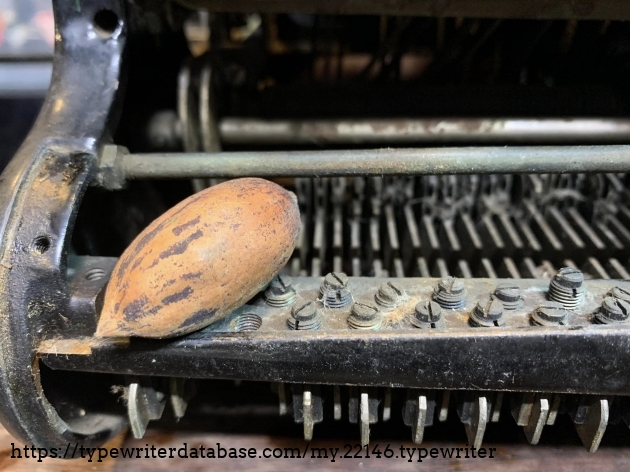
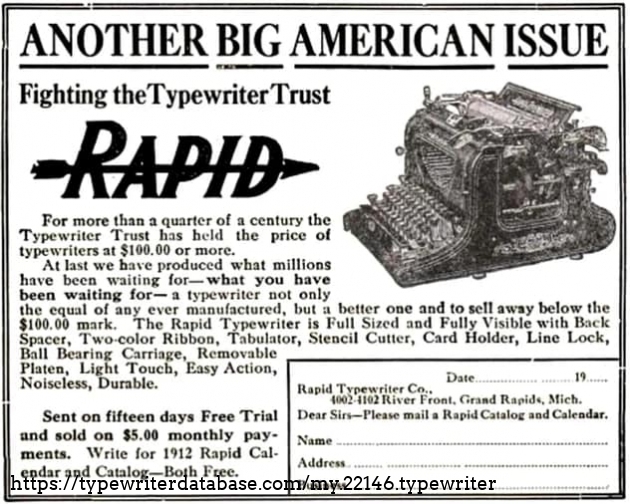
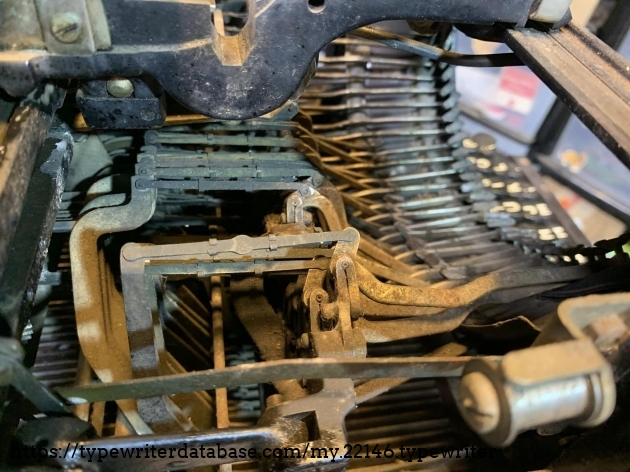
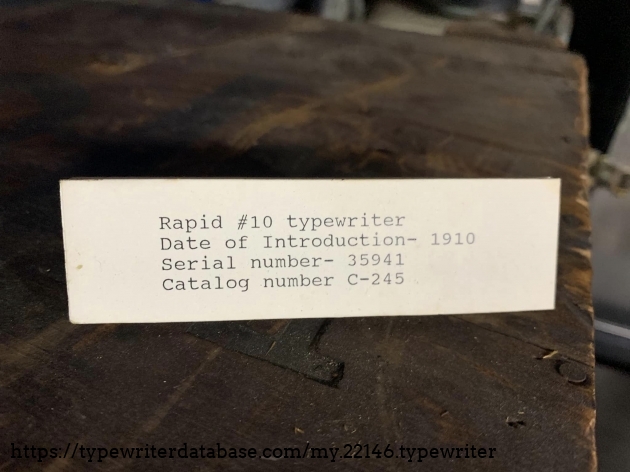
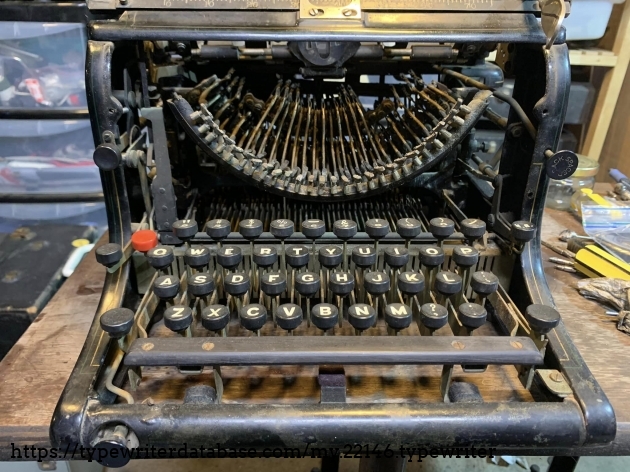
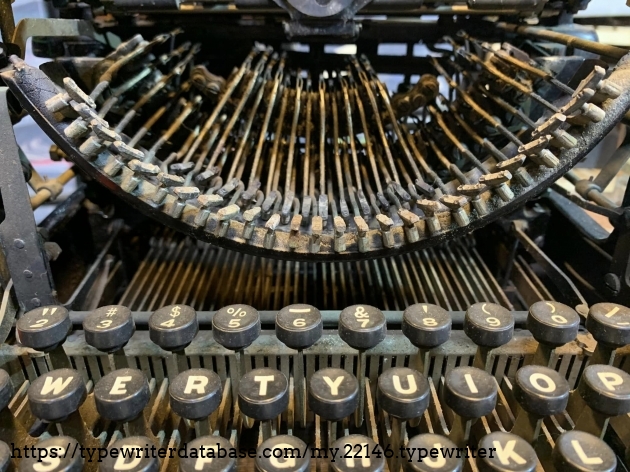
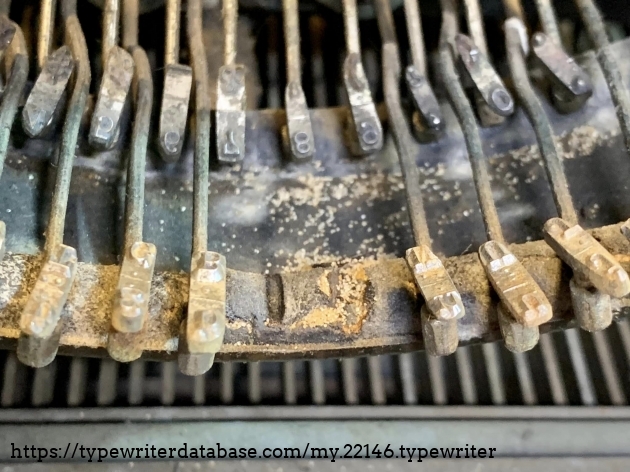
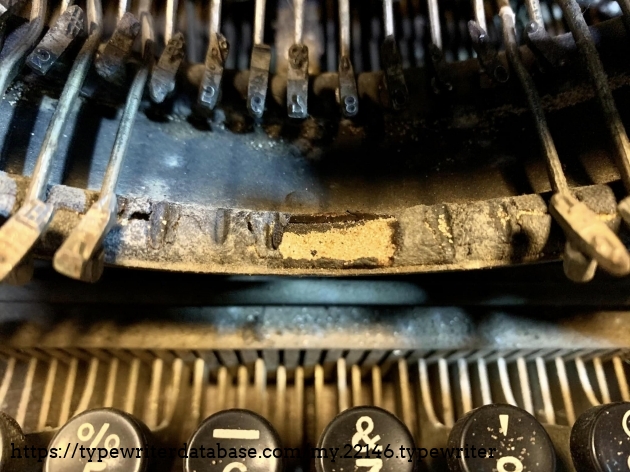
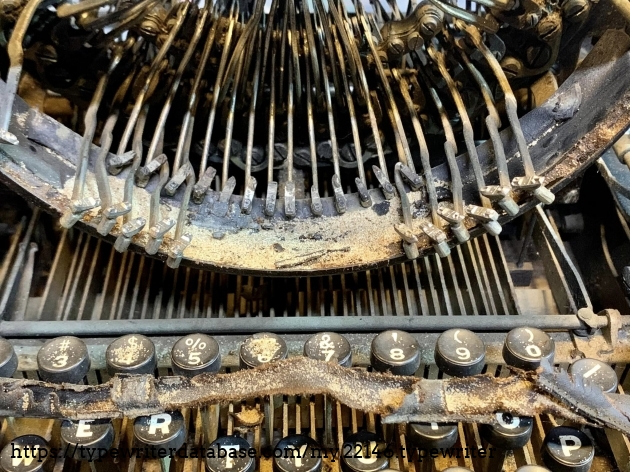
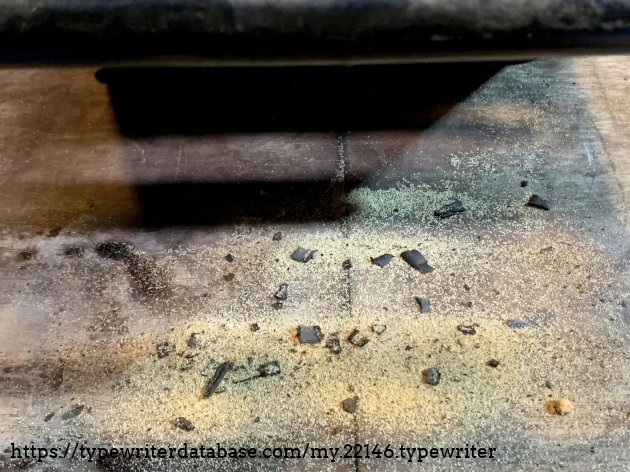
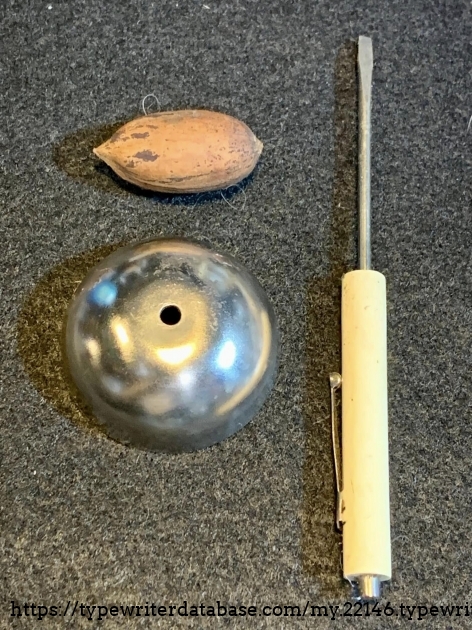
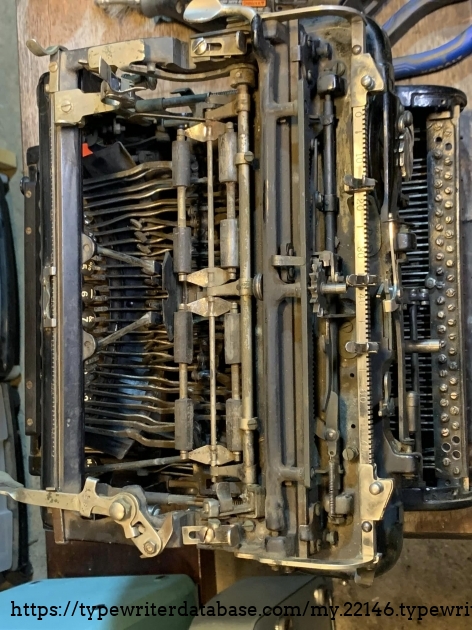
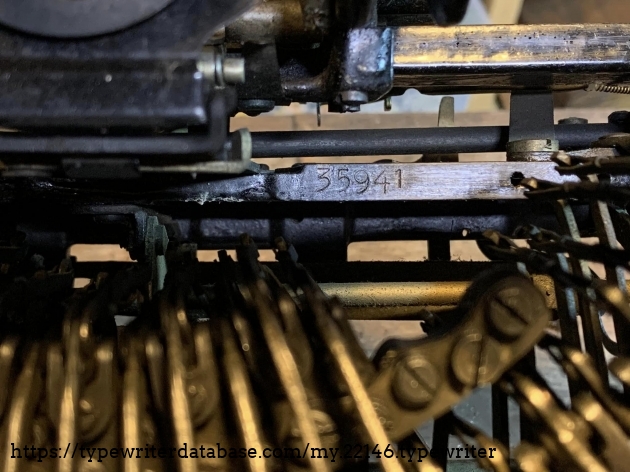
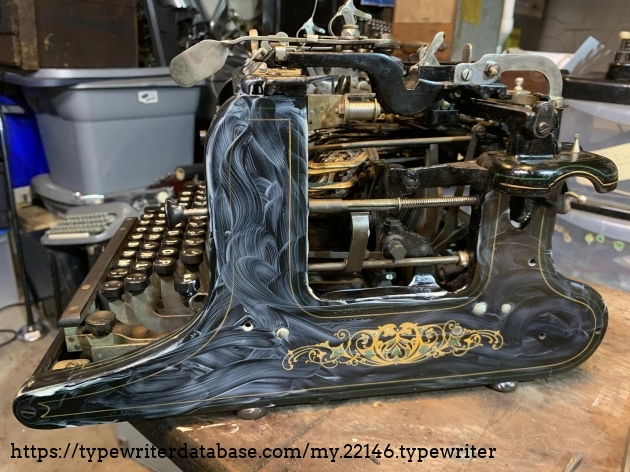
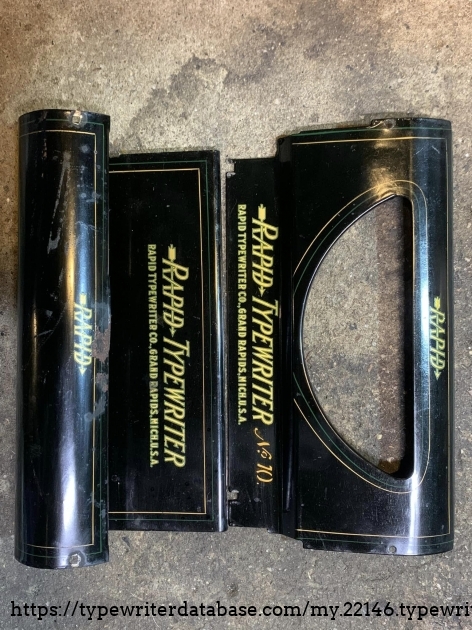
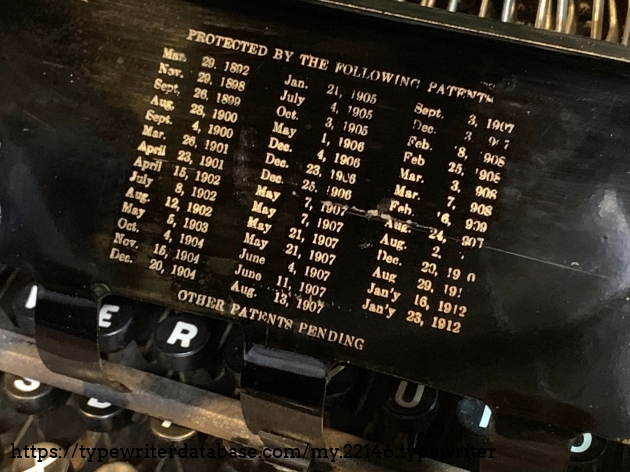
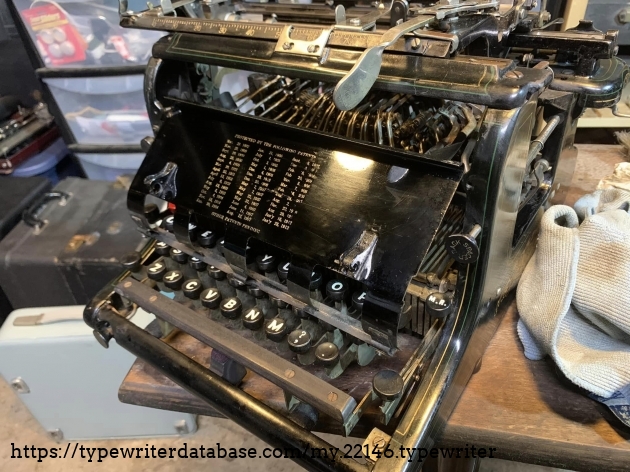
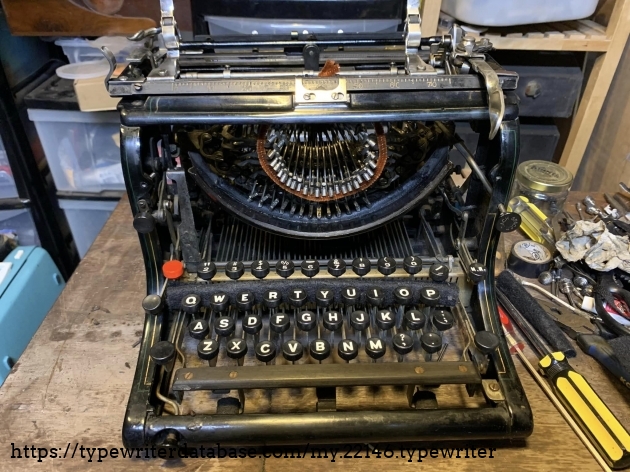
Hunter: Mark Schrad (MLSchrad)
Mark Schrad's Typewriter Galleries [ My Collection ] [ My Sightings ]
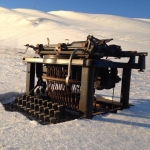
Status: Typewriter Hunter
Points: 44924
Professor of Political Science and Director of Russian Area Studies at Villanova University. Writes about alcohol politics, Russia, and international law when not refurbishing old typewriters.
RESEARCH NOTE: When researching the Rapid (Fox) 10 on a computer with lots of screen real estate, you may find that launching the Rapid (Fox) Serial Number page and the Rapid (Fox) 10 By Model/Year/Serial page in new browser windows can give you interesting perspectives on changes throughout the model series.
